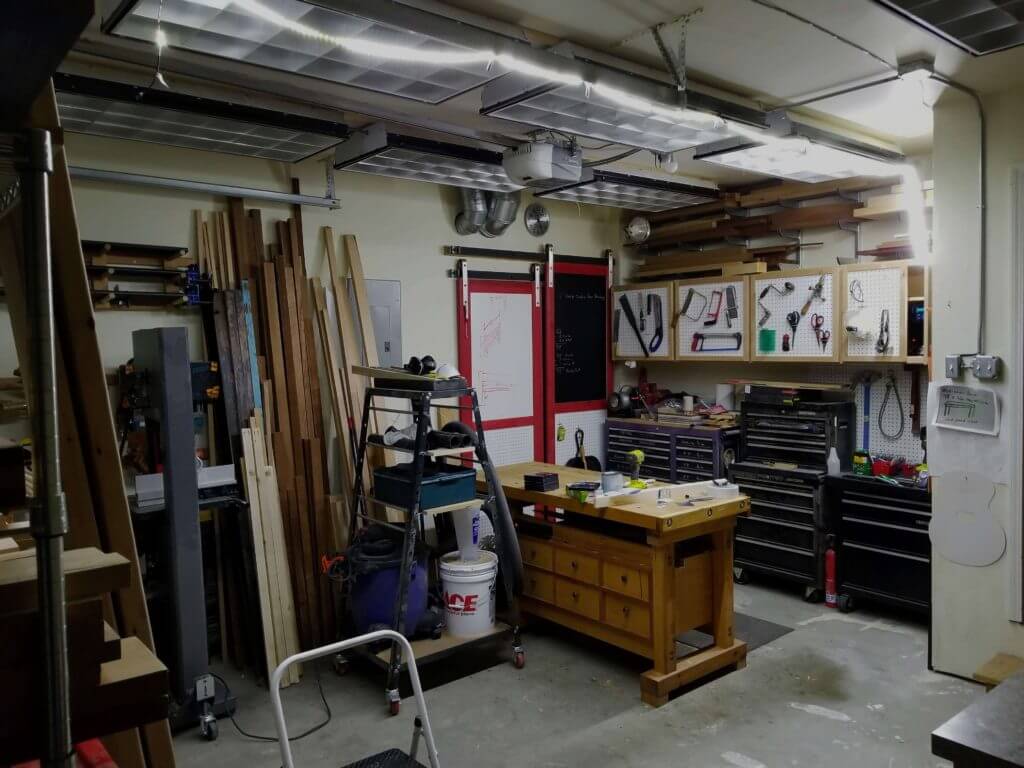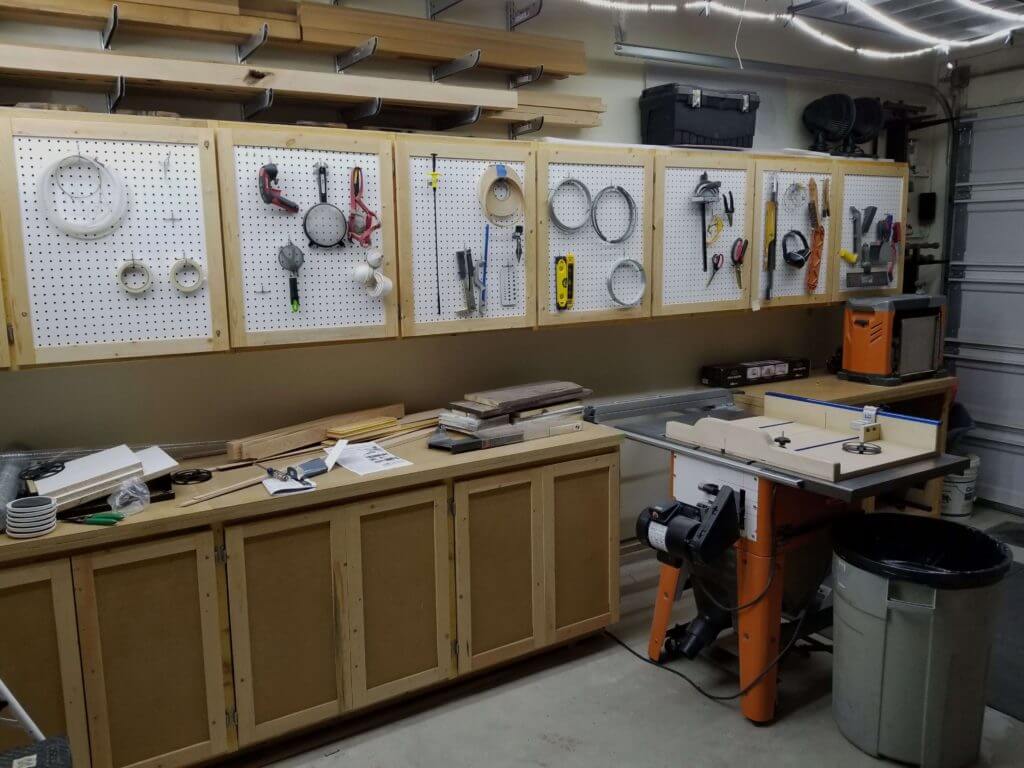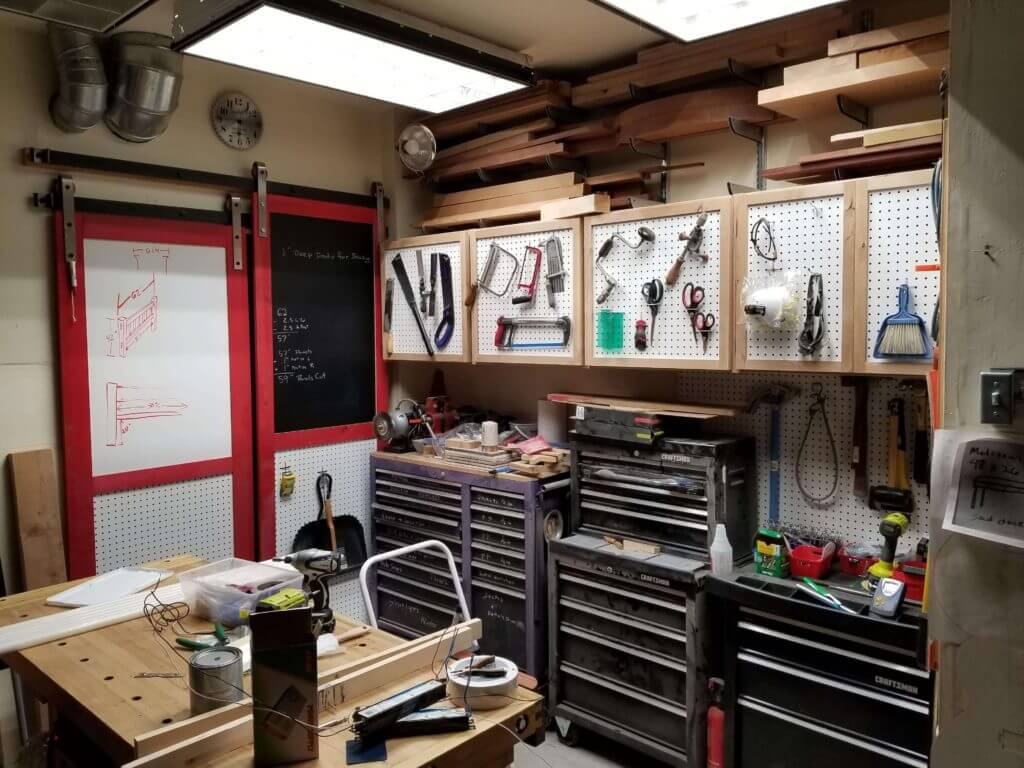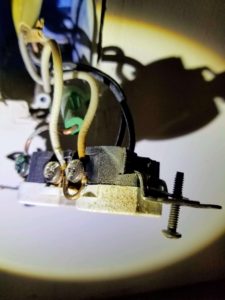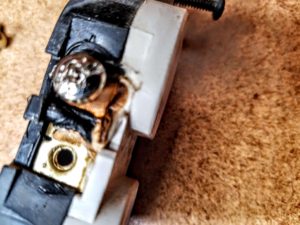It’s been an eventful year, almost halfway through. Are halfway through? In January I started a slow, but deliberate change in my dietary habits. I’m eating a lot less grease fat, keeping my cow intake to a minimal, having more than just eggs and meat for my breakfast, more than only sandwich lunches, and no more second breakfast. I’m also ingesting quite a few more ‘vegetables’ during the week. Oh and small army of carbs have also been removed from consistent rotation. I also had an appointment with a gastroenterologist and found out that I should have been taking magnesium supplements along with D3 & B12 to offset having been on the acid reflux medication for the last 20 years. Combined, it has all resulted in a lot more energy, a lot less issues with IBS, and so far a drop of 25 pounds.
In this time period I also learned that I am certainly no longer 20 years old, and while perfectly capable of hauling a 300 pound Elliptical into my home from the garage, it does result in a messed up back, multiple days off work, and a lot of physical therapy. It’s all good now though. :-)
A month, month and a half ago I decided I needed to do something with the lights in the garage/shop/patcave. The T-8 florescent tubes were at that half out dim point and the bulbs I need to use out there were going up in price. I initially toyed with replacing them all together and completely covering the ceiling with LED Strips. I bought 6 of them with a lumen rating equivalent to what the current lamps should be putting out combined. To better explain, according to the information on the packaging and the product description, one strip should be twice as bright as the amount of light I was getting from one T-8 fixture with 3 tubes. At first it seemed that it was going to work.
But lighting changes drastically when you only have one row. Since each row of fixtures was wired individually, I decided it would be worth testing with three strip of LEDs and measure with a light meter.
What I discovered is that adding additional strips didn’t seem to make it three times brighter. I checked my wiring thinking I had had the lights wired in series but that wasn’t the issue. So I took a lux meter to it. Each single strip, measured from the table saw top was getting about 271 lux. All 3 combined were only getting 563 lux. By comparison, the nearly dead florescent tubes were putting off 835 lux. I was not getting the 1000 lux per strip that was listed. Still they were really cheap, like $20.00 per roll. I could put 3 together per ‘tube row’ making basically 9 strips per florescent fixture… and it would end up costing $720.00 not including the multiple power supplies. That was more than it would cost to just replace the fixtures with new LED fixtures.
I then began researching LED tube replacements. The ones they offered at Costco were not quite bright enough for shop needs for complete overhead coverage. They reviewed well for task lighting though. I needed to find replacement bulbs with a high colour rendering index, so projects look the same colour in the house as they do in the shop. I also needed them to be at least as bright as the florescent tubes, if not brighter, and I needed them to be in the 5000k colour temperature range. I wanted them to also have at least a 5 year warranty so that if they were slightly more expensive than regular bulbs, It would make up for it by not having to pay to replace them. Buying them in a large quantity made it easy to spend less. I opted for 2340 lumen, CRI90, 5000k bulbs from Hyperikon. They came with a 5 year warranty, and by registering the products, they automatically update it to 10 years. I changed out the two fixtures over my workbench and was immediately floored at the difference.
With these replacement bulbs, you remove the ballast. The bulbs directly wire into the fixture tombstones. It was working so well I went ahead and replaced all of the bulbs and removed all the ballasts. When I did my initial measurement with the light meter I had 1401 Lux over the table saw. In some areas I had as high as 1800 lux at waist height. I now had mostly enough light for 90 percent of what I did out there. I just needed to find an additional fixture for one small area.
That weekend I took the cardboard and the ballasts to the recycling center. Soon after that I ran into trouble.
While I was cleaning up, I though I saw a strange flicker. Nearly a strobe effect. Then it went away. Then it was back, and then it stayed. I called to the wife and it wasn’t my imagination. So I emailed Hyperikon’s technical support, who are amazing for the record. Working with them I
- Checked the individual lamp wiring
- rewired each individual lamp
- rewired the sets of lights
- changed out the wall switch
- checked each dimmer in the house
- changed out all the dimmers just to make sure they were not causing the issue somehow.
- had all but one bulb hooked up
- rearranged all the bulbs
- disconnected everything else on the circuit
- ran the lamps to a pig tail and plugged them into a different outlet
Each time, it seemed that it worked, sometimes for a whole day, but then the problem would come back. I then started getting really irritated, not with Hyperikon, they were more than helpful and even offered to replace all 36 bulbs.I was upset because I knew at this point I had an electrical issue in the house. Specifically in the garage. On the bright side, it gave me a problem to solve and something to complain about so I was happy in that regard.
I started by seeing what else was going on at the same time as the problem. Research showed that the flickering is caused by a drop in voltage because the bulbs convert AC to DC. This is why it happens when you hook LED bulbs to old style resistant dimmers. The issue was that the flickering I was getting wasn’t the same. I had the LEDs in the living room on old dimmers and was aware of the effect. This was faster, like having a monitor set to 55hz. Makes you about as nauseated as well. After eliminating the dishwasher running, the dryer, the washer, the other lights, the security cameras and any other high load device I narrowed it down to just the particular circuit. the light were on. I ordered an additional pigtail so that I could hook both sets of lights up separately out onto another circuit to test. I had good results with the one set wired that way, time to try both. I killed the breaker, unwired the lights from the ceiling and put an outlet back in were there was one originally and
nothing.
I now had no power in the garage at all. I double checked the breaker, still nothing. Time to trace wires. The first outlet on the run was the GFCI. it tested OK and had power, but none of the others did. So maybe I had a bad GFCI. Bypassing the GFCI did not result in now having power. I went outside to see if the lights were on and noticed the lights just very barely lit. So barely I went in and cut the power to make sure I was actually seeing it. I went back inside checked the non working outlets and they were showing 1.4 volts. AHA! I then measured from hot to ground and got 118.6 volts. Somewhere I had a bad neutral line. Which was really fucking confusing because I was working at the end of the electrical run. I then proceeded to bypass ALL the outlets one by one with no affect. I then bypassed the switches and the outside lights which were also on the same circuit. Still no power past the outside outlet. I then remembered that there was another outlet inside a cabinet. It tested fine. I decided to go ahead and pull it out.
Glad I pulled it out. We thought for sure we found the issue. I bypassed the outlet and everything seemed OK, for a bit. It started up again. So I swapped out the breaker. again everything seemed OK for a bit, then the problem would resurface. I had now called the power company to check our incoming feed. It tested fine, but they stated they did tighten a loose neutral connection. No difference. and the problem was still random as to when it would happen. Well seemingly random. There was always something else going on, in the house or at construction next door.
One morning I was in the garage really early attempting to figure out the pattern. for an hour I could not get the light to flicker. I had the dishwasher going along with the clothes washer and the dryer. No issue. I heard Melissa get up, make her coffee and walk across to the dining room. A few moments later the flickering started again. SHIT! it’s the lap top! We do some tests and it seemed like it was solved. But then she was on the laptop and it wasn’t doing it. Damn. Thought we had it figured out. At this point I knew that if the lights were hooked up to a different circuit, the flickering went away so I decided to just run a new line. In the meantime the lights were plugged into the ceiling so i could operate them with the wall switch. The next day I got up to start looking at what I would need and just like the day before when Melissa got on the laptop, the problem started again. This time it wasn’t going away. I had a thought. the day before when the problem went away and I came upstairs she was watching a show while working on the budget. At the moment, she only had a web browser open. Had her play a movie and the flickering stopped. Stopped the movie and the flickering started up again. The idle, low power usage of the processor was causing the flicker. The pattern? pretty much the same as a hard drive access LED on the laptop. Why is it doing it? No fucking idea. I assume the line for the outside lights and the line for the dining room are too close together. Maybe it’s because the breaker panel’s plastic mounts are broken/cracked. I doubt it, but the electrician will tell me for sure because the box is full and around here you need a permit to add a subpanel, or an additional line.


